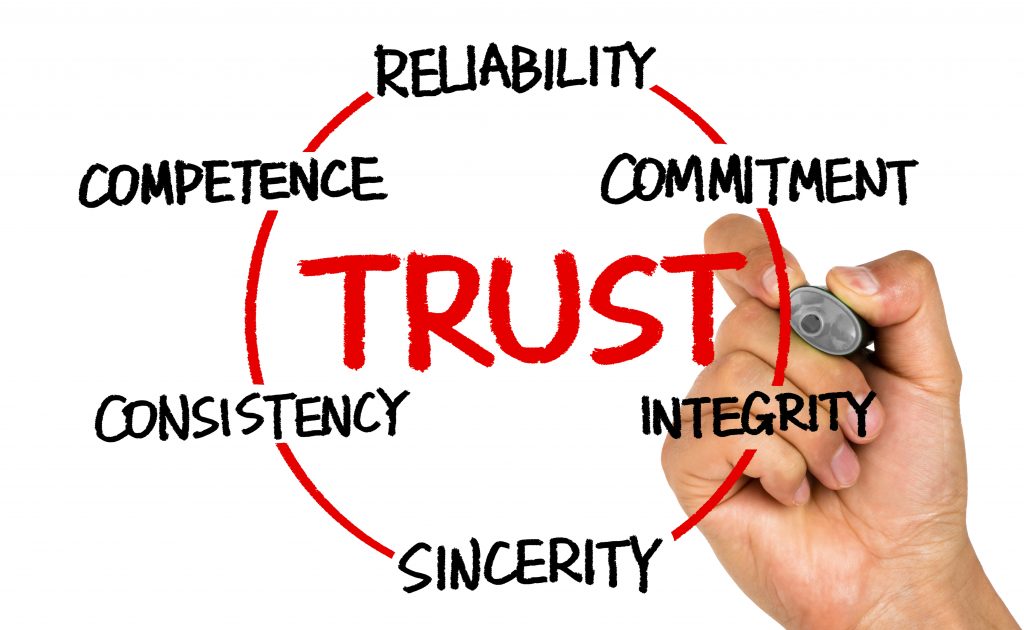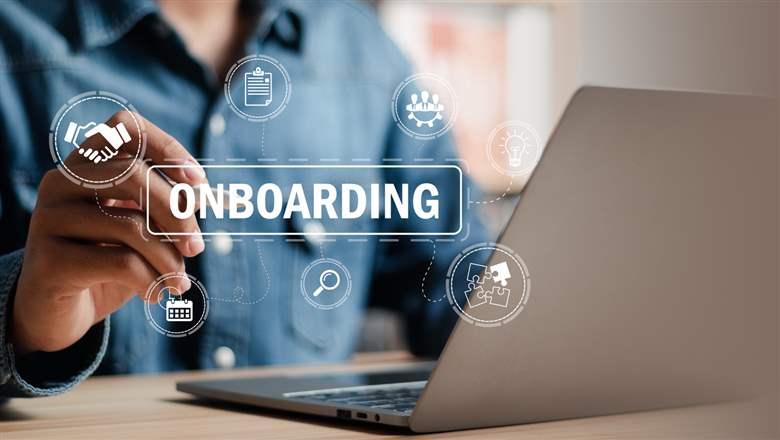You’re ready to form an organization or association but aren’t sure where to begin. Engaging an association management company (AMC) like Association Management Solutions (AMS) is an invaluable resource to ensure that your organization has the tools to succeed now and in the future. Here are the top ten benefits to hiring an AMC:
1. Professional Expertise
AMS staff offers expertise and experience in all aspects of association management including start-up consultation and assistance in creating and launching your organization, developing membership programs, financial management and reporting, governance, marketing and event planning. From pre-launch legal filings to ongoing strategic support, AMS offers a host of benefits to support and sustain successful associations.
2. Cost Efficiency
AMS offers a dedicated staff model so that your organization is managed by staff who understand your mission and goals. Engaging professional association staff benefits organizations by reducing overhead and operational costs.
3. Scalability
As an association grows or downsizes, an AMC can easily scale services up or down, providing flexibility that internal teams can struggle to match.
4. Access to Technology & Infrastructure
AMS offers an in-house technology platform (Association Management Software), Association Resources Online (ARO) ,that enables organizations to efficiently manage all aspects of their association from one easy-to-navigate dashboard. We manage a variety of organizations, providing a unique perspective that allows us to recommend tools and technology to fit your organization’s unique needs.
5. Improved Governance
Understanding and developing bylaws, policies and best practices ensuring legal compliance and minimizing risk. With over 25 years of experience, we can offer our recommendations on what works and what doesn’t.
6. Time-Saving for Volunteers and Boards
AMS’s dedicated staff is your back-office dream team. In managing all of the day-to-day operations, your leadership teams and volunteers can focus on developing and executing on your organization’s strategy, not operations. In addition, AMS provides operational continuity during leadership transitions ensuring stability for the organization.
7. Meeting and Event Planning
Our team of Certified Meeting Professionals (CMPs) are experts in all aspects of in-person, virtual and hybrid meetings, events, trade shows, galas, leadership retreats and much more. From meeting and program design to budget management and reporting to technology support and troubleshooting, AMS offers meeting and event management around the globe and at a price point that can fit into your budget.
8. Financial Management & Transparency
A cornerstone of successful association management is transparent financial management. AMS offers budgeting, accounting, and audit preparation services. Monthly reporting ensures that your organization’s financial health is managed effectively. We have systems in place for digital invoice management, approval and payment – all in compliance with GAAP accounting principles.
9. Membership Growth & Engagement
Membership sustainability and growth are essential to the long-term well-being of any organization. AMS offers strategic and operational support to draw new members, improve membership retention, and increase engagement that is measurable. AMCs can implement proven strategies to attract new members, improve retention, and increase engagement to keep your membership strong.
10. Continuity & Stability
With a dedicated association management team in place, and policies to manage records and archives, your organization maintains its operational ability and institutional memory regardless of changes in leadership or volunteer membership, ensuring maximum stability.





